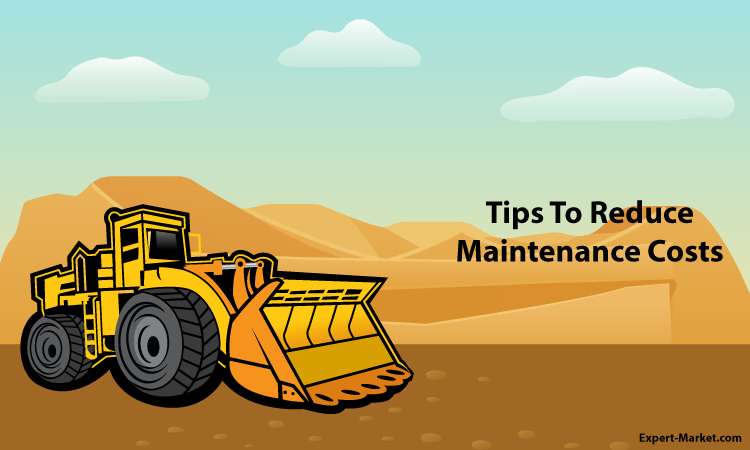Whether you run an agricultural, manufacturing or other business that uses expensive machinery and equipment, you probably spend far more money annually than you wish on purchasing tools, training staff to use them, moving them where you need them and more.
In particular, keeping such tools maintained and running smoothly can be an incredibly expensive undertaking. Happily, there are many things you can do to cut your costs in this area and enjoy more profits in your business. Here’s what to consider today and moving forward.
Start With the Right Equipment
Buy the right equipment upfront. That is, if you choose quality goods that are reliable and last well, they should need less maintenance over the long run. It’s tempting to purchase cheaper goods or special “deals,” for sure, but you’ll typically find that you get what you pay for.
Opt for the best items you can, which have the most favorable name in the industry, especially when it comes to the need for repairs and maintenance. Do your research on the different manufacturers and products on the market and you should find plenty of reviews and testimonials to help you make your decision.
Preventative Maintenance Needs to Be Top of Mind
Many business owners want to put off spending money on machines unless it seems absolutely necessary. This is especially so during leaner times. However, be careful not to avoid maintaining your equipment correctly. It’s always best to have preventative maintenance as a priority.
Inspect equipment regularly and follow manufacturer’s instructions about how often things should be maintained, even if nothing seems to be wrong. By conducting preventative maintenance, you’ll lengthen the life of your equipment.
You’ll also save money long term because you catch problems when they’re small and manageable, before they turn into big, expensive ones.
You may want to set up your preventive maintenance work based on operating hours instead of calendar periods since the amount of use each item gets will vary. Items used often will need more regular maintenance than those that only get infrequent use. Do note, though, that some warranties are based on time of ownership rather than operating application, so always check documentation to see what’s required.
Also, you want all your machinery to be consistently working within the manufacturer’s specifications for optimal usage. For example, have your team ensure equipment isn’t sucking too much power, making excess or strange noises or vibrating excessively.
Take advantage of the excellent shock watch products available these days to help you with testing vibrations. Plus, have the maintenance team check things like engine and hydraulic oil and buckets and belts, amongst other things.
Develop Processes and Schedules
Another way to cut maintenance expenditure is to develop effective processes and schedules in your business that relate to this area. You’ll save money if your team has set procedures they can follow. With the right planning and administration, it should be simple for people to document, track, analyze where needed and follow up on each service or repair.
When a service worker has access to the right information, they understand the past behavior of machinery and what’s normal or not, plus they also better understand which specific parts to use in their work. Detailed maintenance records also ensure there’s no double up of work, which saves costs, and it reduces the risk of jobs being missed or delayed.
Invest in Training for All Relevant Staff Members
It requires more of an investment of time, money and energy upfront, but if you spend on proper training for all relevant staff members, you’ll save money long term. When your repair and service employees know all the latest details about the machines and the best practices for keeping them running well, they’ll work faster. Of course, trained team members also won’t be likely to mess up and use the wrong parts or otherwise do a job incorrectly.
Don’t forget to train the people who operate machinery, too. Users need to know how to handle equipment appropriately and safely, so they don’t cause unnecessary strain on a machine or damage it. Plus, when they have some training, they’ll also be able to alert service personnel to any causes for concern that should be looked at ASAP.
By implementing the strategies noted above, you should soon find that your company’s maintenance fees reduce over the coming months and years. Better yet, you should eventually notice that your machines have a longer life and need replacing less often.




























